When Sarah Thompson Moore makes art, sparks fly — literally.
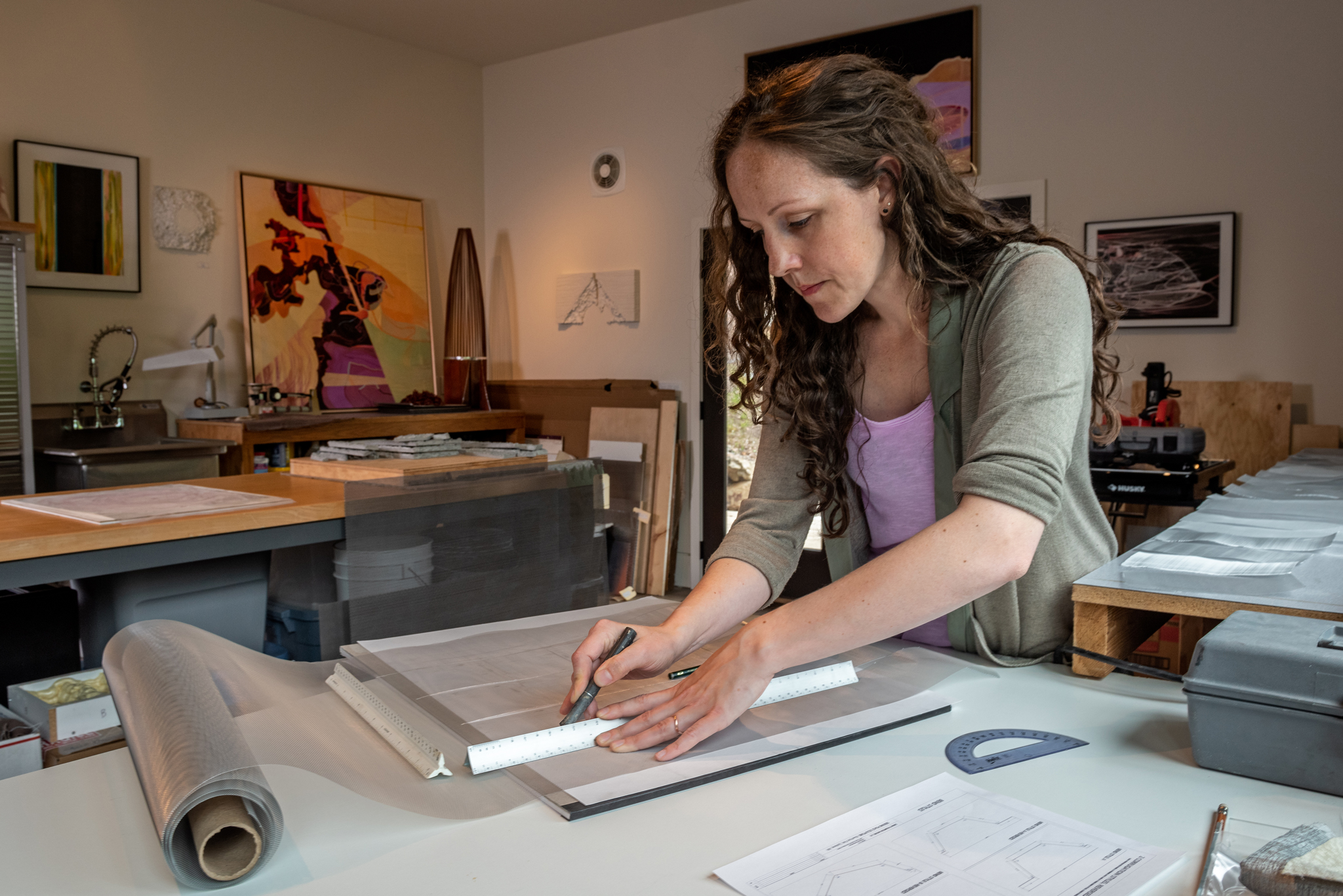
If you picture an artist at work in their studio, certain tools of the trade come to mind: paintbrushes, palettes streaked with long-dried hues, canvas and sketchbooks. Those tools have a place in the kind of art Moore makes, but when the real work begins, you’re more likely to see her wielding a plasma torch, perched on a ladder 10 feet in the air.
In her cloistered industrial studio, Moore’s face is guarded behind a welding helmet as she takes her torch to an arc of recycled metal. She pauses, raises her visor for a second to check her precise measurements, marked in chalk on the steel. Satisfied, Moore lowers the visor again and the shadowy space erupts in sparks, illuminated as if struck by a bolt of lightning.
Moore’s work is primarily in sculpture, but they aren’t the kind of pieces you’d see housed in a gallery – they simply wouldn’t fit. The Coeur d’Alene-based artist builds towering monuments from the ground up, molding metal and concrete to integrate seamlessly into the natural world around it.
Her works of public art can sometimes be seen from miles away, as with Everything Between, which towers dozens of feet above a beach in the Florida Keys. But often, they fit seamlessly into the natural landscape and history surrounding them.
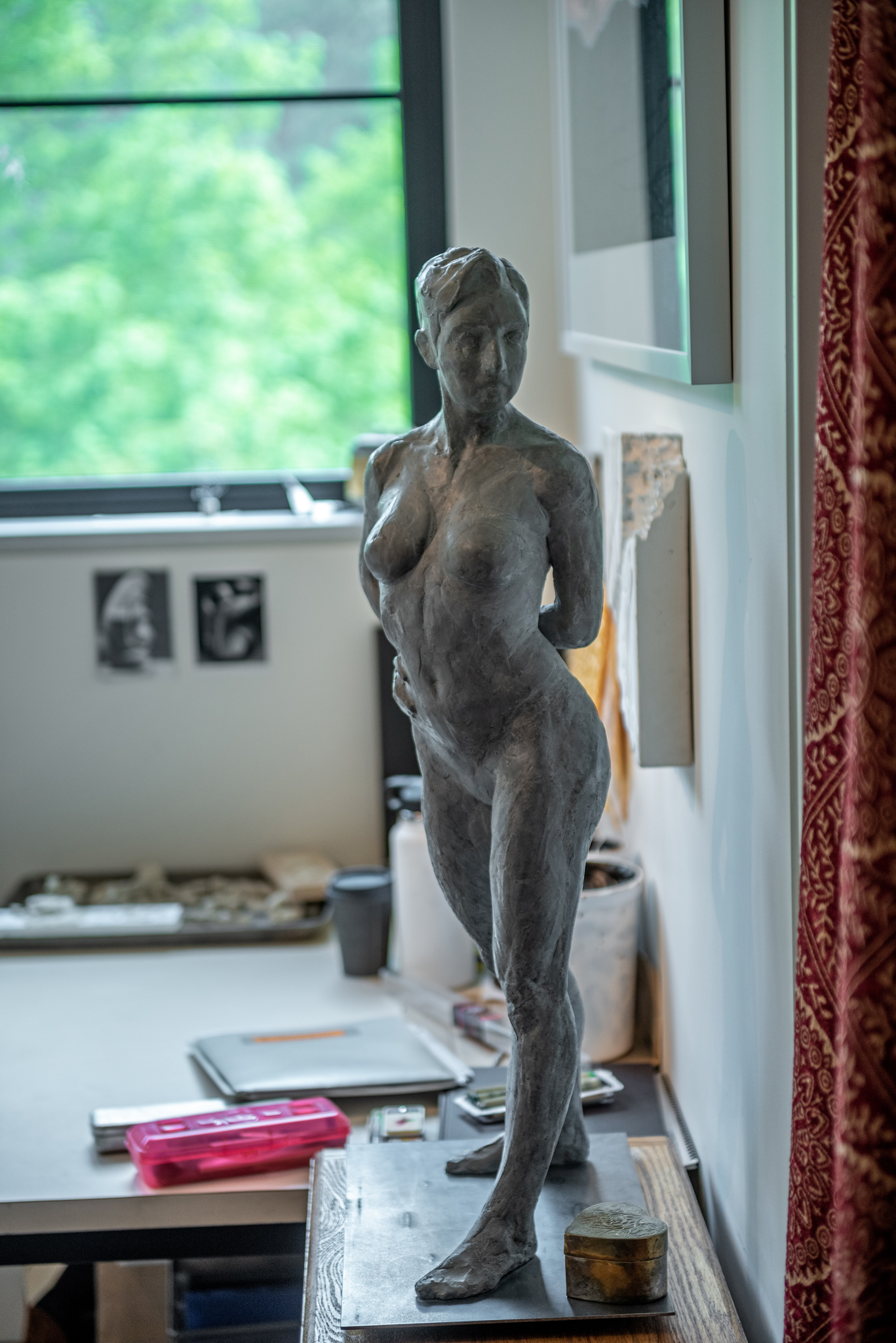
The bare metal bars she was plasma-torching in her studio, for example, would become Convergence, which now sits overlooking the river in People’s Park in Spokane. According to Moore, the two sets of curved metal rods jutting into the sky represent a fishing weir, a method used by the Spokane Tribe to trap and direct fish at this very location for thousands of years.
Resting along either side of the path, the weir steers joggers and amateur naturalists wandering the park as if they were a school of fish. But at first glance, swimmers-by might not even realize they’re looking at a masterpiece.
Moore planned it that way – she wanted the sculpture to look like it had existed along the trail for generations, always guiding you towards the river.
“If I’m going to make art in the public realm, I have to know that it’s going to be seen by people who didn’t come to look at art like you would at a gallery – it’s just there whether you see it or not,” Moore said. “So what I want to do is to make it interactive without viewers consciously reacting to it.”
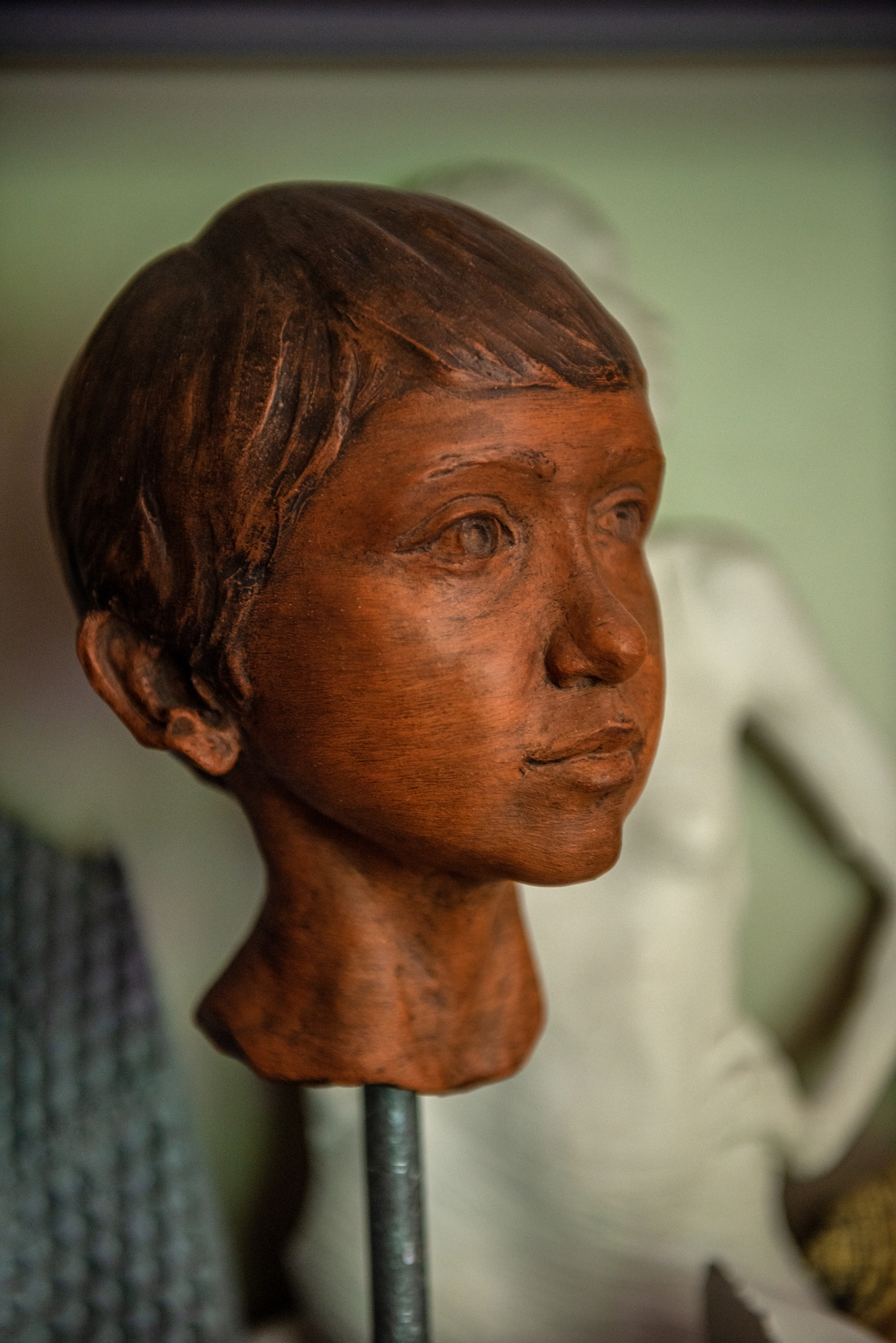
Nature and history have long served as unspoken collaborators in Moore’s work. It’s bound to happen, Moore said, when you’re forced to consider how your art will withstand and cooperate with the elements for decades to come. But nature, like art, has always been a part of Moore.
Moore grew up in La Grande, Ore., with a family who split their time between artistic pursuits and the great outdoors. Her father is a neon artisan; her grandfather painted signs and semi trucks. She remembers visiting a foundry where her uncle worked and watching five massive sculpted horses come to life as they were cast in bronze. Later, they were exhibited trampling over a section of the Berlin Wall to commemorate its fall.
“I think that was a big moment for me as a kid, where I realized sculpture was an art form that was available to me,” Moore said. “All the other artists in the family were painters or they drew, but being next to those giant horses and being able to touch them really fascinated me.”
As a child, Moore spent afternoons and summers assisting the family artists or going out into the wild, camping and fishing. She admits, though, that she wasn’t a very good fisherman — she was usually wandering off to explore hidden trails and crevices in the trees.
As an artist, Moore strives to bring that childlike sense of wonder and desire to explore to her work. Knowing her work will be seen by a wide array of people, she wants to create a universal experience with her installations. To Moore, that doesn’t mean ensuring everyone gets the same message from her work; it means encouraging every viewer to take what they need when they take in a sculpture.
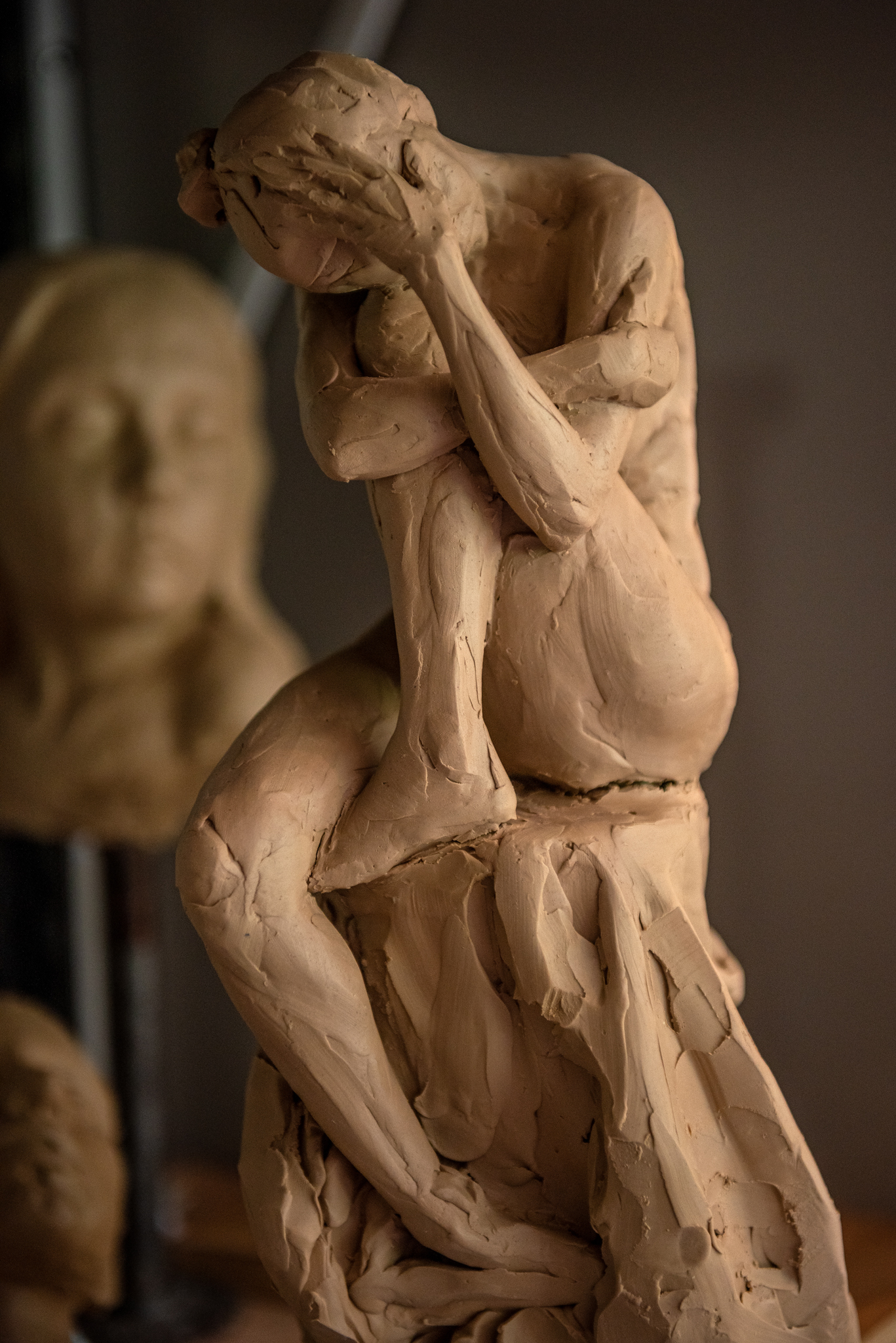
“I hope at the very least it can help people reconsider what they think art can be,” Moore said. “I hope that when you’re walking along and something catches your attention enough to make you want to explore it a little bit, or give you that sense of ‘I’ve just discovered something interesting, and I want to go take a closer look.’”
Sometimes, that means subtly working with the elements themselves to create an experience that can only be had within that sculpture, at a certain time and place, and with a certain feeling in the air.
For Everything Between, her sculpture in the Florida Keys, Moore took into account the constant breeze of salty air drifting from the nearby sea. In response, the sculpture offers a respite from the wind, a calm in the eye of the storm.
The sky above the work is almost always clear and sunny, so Moore offered a portal visible only when you stand inside the sculpture and look up — a window through which you can reframe the static sky in a new way, admiring the clouds moving above and the dappled light shining patterns on your companion’s skin.
“All of those things are things I’m thinking about when I’m when I’m creating it, and that, of course, changes every time you go there,” Moore said. “And you know, who knows what you might see? It’s unique to that one moment in time.” N
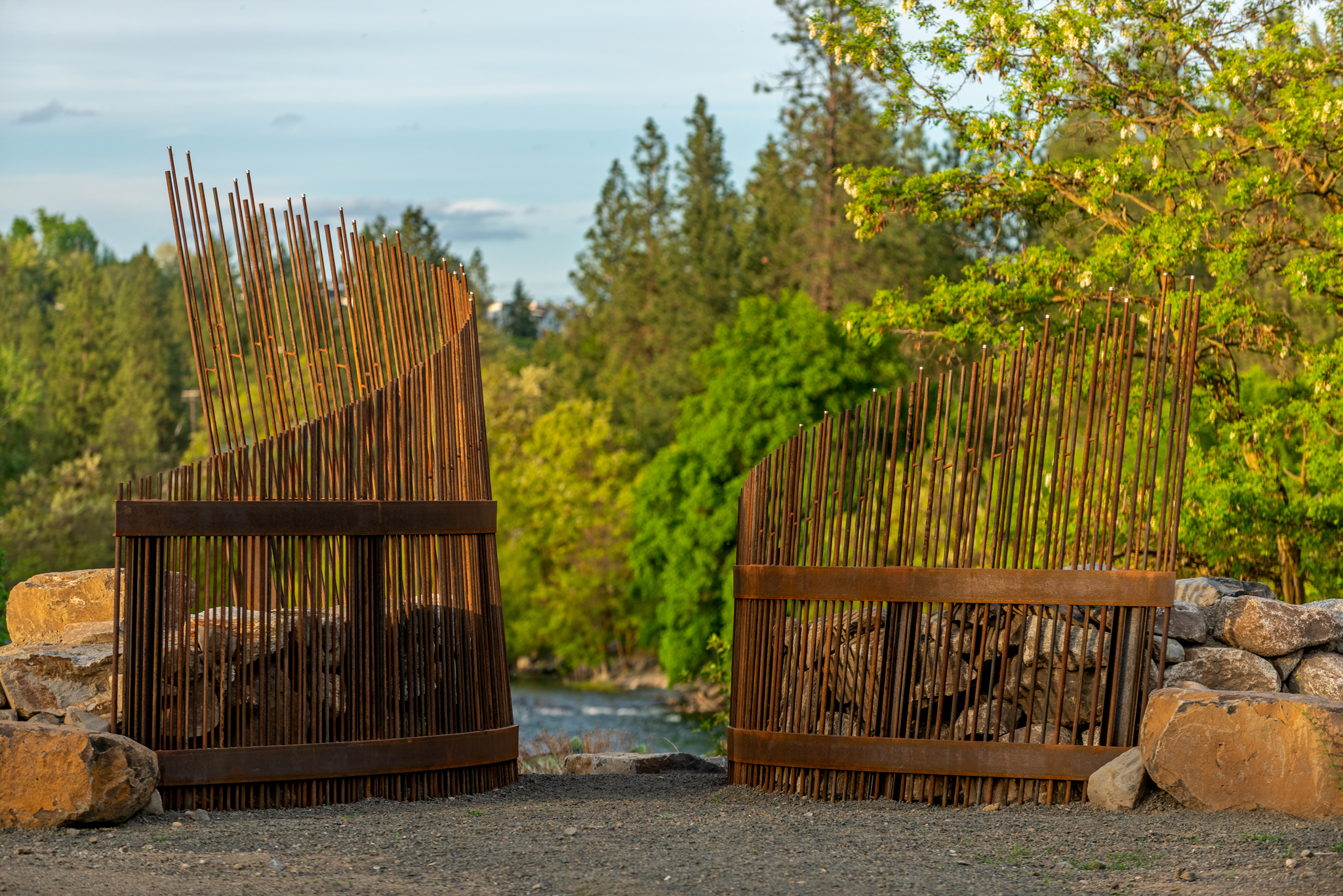
By Riley Haun
Photography By Joel Riner
As Featured In: Summer/Fall 2021


